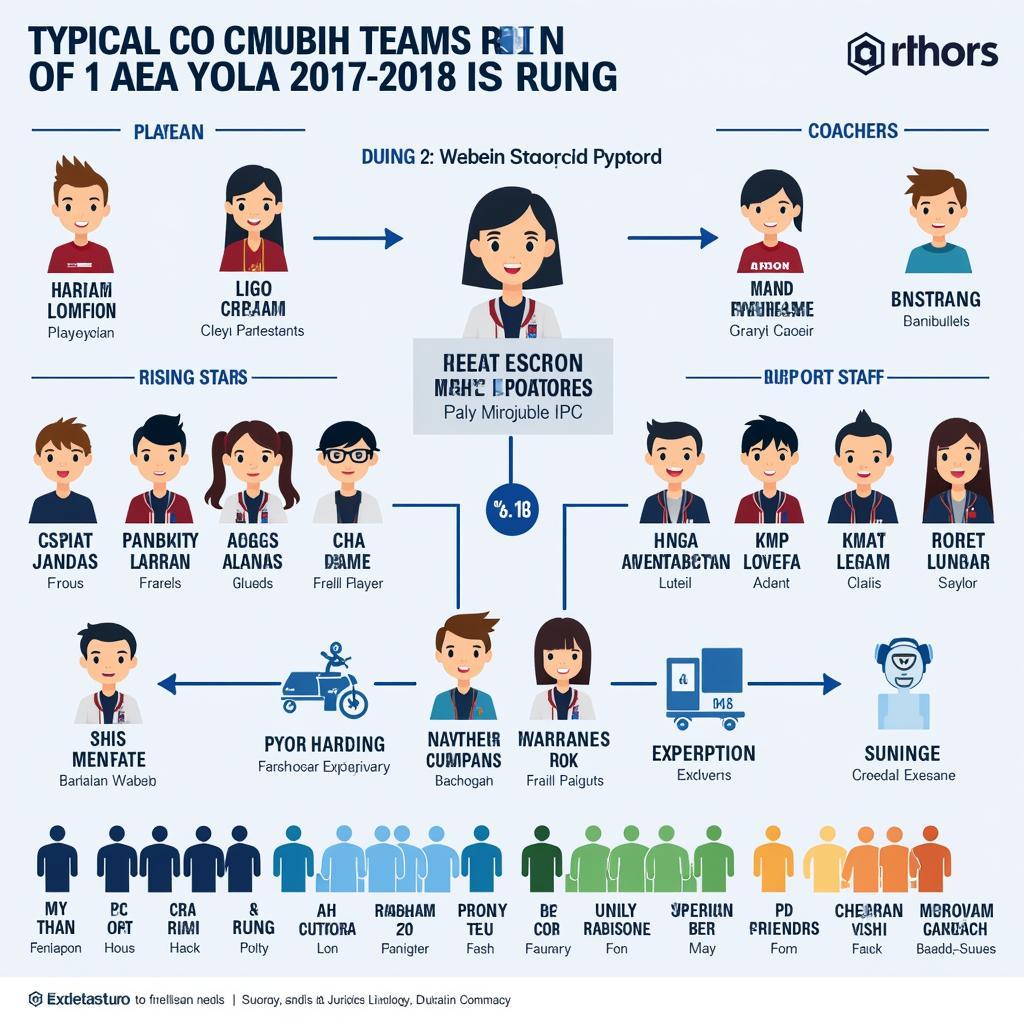ASEAN on-demand third-party access refers to the growing trend of businesses in the ASEAN region granting external entities access to their data, systems, and resources as needed. This access can range from cloud storage and software applications to more specialized services like logistics and supply chain management. This approach offers significant advantages, including increased flexibility, scalability, and cost-effectiveness. However, it also presents unique challenges in terms of security, data privacy, and regulatory compliance. This article delves into the intricacies of ASEAN on-demand third-party access, exploring its benefits, risks, and best practices for successful implementation.
Understanding the Need for ASEAN On-Demand Third-Party Access
The rise of the digital economy in Southeast Asia has fueled the demand for flexible and scalable solutions. Businesses are increasingly seeking external expertise and resources to support their growth and innovation. ASEAN on-demand third-party access provides a crucial bridge, connecting businesses with specialized providers across the region. This allows them to tap into niche capabilities without the burden of long-term commitments or large upfront investments.
What drives the need for this kind of access? Primarily, it’s the ability to scale operations quickly and efficiently. Imagine a rapidly growing e-commerce business in Indonesia. Instead of investing heavily in its own warehousing and logistics infrastructure, it can leverage on-demand third-party access to fulfillment services. This agility allows the business to respond to market fluctuations and customer demands with greater speed and efficiency.
Businesses can also gain access to specialized skills and expertise not readily available in-house. For example, a fintech startup in Singapore might utilize on-demand access to a cybersecurity firm’s expertise for penetration testing and vulnerability assessments. This approach not only strengthens security but also ensures compliance with evolving regulations. You can find resources like the API ASEAN to help navigate the regional complexities.
Mitigating the Risks of Third-Party Access in ASEAN
While ASEAN on-demand third-party access offers numerous benefits, it also introduces significant risks, particularly concerning data security and privacy. As data breaches become increasingly prevalent, businesses must prioritize robust security measures when granting external access to their systems and information. This includes implementing strong authentication protocols, encryption technologies, and regular security audits. Check out ASE security systems for information regarding security systems.
“In today’s interconnected world, data security is paramount. Businesses in ASEAN must be vigilant about protecting sensitive information when engaging with third-party providers. A proactive approach to risk management is crucial for long-term success,” states Dr. Anika Sharma, Cybersecurity Expert at the ASEAN Cybersecurity Institute.
One crucial aspect of risk mitigation is establishing clear contractual agreements with third-party providers. These agreements should outline data handling procedures, security responsibilities, and compliance requirements. They should also include provisions for data breach notifications and incident response protocols. Learn more about ASE tracking to understand how this plays a role in security.
Best Practices for Implementing ASEAN On-Demand Third-Party Access
Effective implementation of on-demand third-party access requires careful planning and execution. Businesses should establish a clear framework that encompasses vendor selection, risk assessment, contract negotiation, and ongoing monitoring.
- Due Diligence: Thoroughly vet potential third-party providers, assessing their security posture, track record, and compliance certifications.
- Clear Agreements: Establish comprehensive contracts that outline responsibilities, data handling procedures, and performance expectations.
- Access Control: Implement granular access controls to limit third-party access to only necessary systems and data. Consider checking Apple phone ASEs for mobile device security.
- Regular Audits: Conduct periodic security assessments and audits to ensure compliance and identify potential vulnerabilities.
- Incident Response Plan: Develop a robust incident response plan to address potential data breaches or security incidents. For wholesale website access, explore resources like the ASEA Redox wholesale website.
“Implementing on-demand third-party access successfully requires a holistic approach. Businesses need to balance the benefits of flexibility and scalability with the critical need for security and compliance,” advises Mr. Kenji Tan, Managing Director at ASEAN Business Consulting.
Conclusion
ASEAN on-demand third-party access is transforming the way businesses operate in the region. By strategically leveraging external resources and expertise, organizations can achieve greater agility, scalability, and cost-effectiveness. However, navigating the associated risks requires a proactive approach to security, data privacy, and regulatory compliance. By adhering to best practices and implementing robust safeguards, businesses can unlock the full potential of ASEAN on-demand third-party access while mitigating potential threats.
FAQ
- What are the key benefits of ASEAN on-demand third-party access?
- How can businesses mitigate the risks associated with third-party access?
- What are the best practices for implementing on-demand third-party access in ASEAN?
- What are the key regulatory considerations for third-party access in the region?
- How can businesses ensure data privacy when granting third-party access?
- What are the contractual requirements for engaging with third-party providers?
- How can businesses monitor and manage third-party access effectively?
For further information and support, please contact us: Phone: 0369020373, Email: aseanmediadirectory@gmail.com, or visit our office: Thôn Ngọc Liễn, Hiệp Hòa, Bắc Giang, Vietnam. We offer 24/7 customer support.

